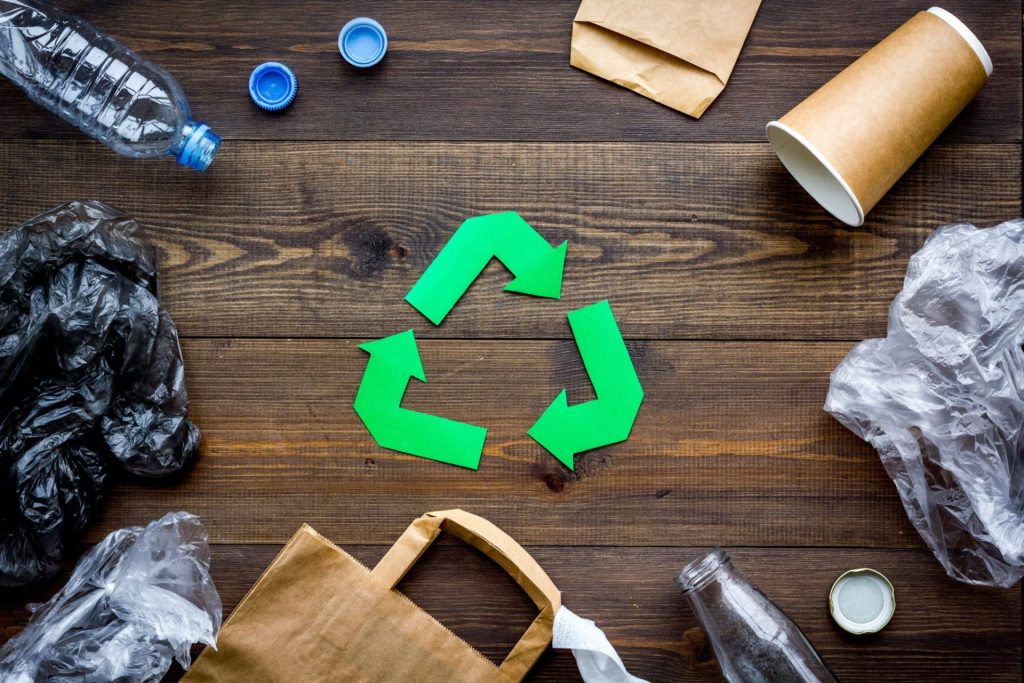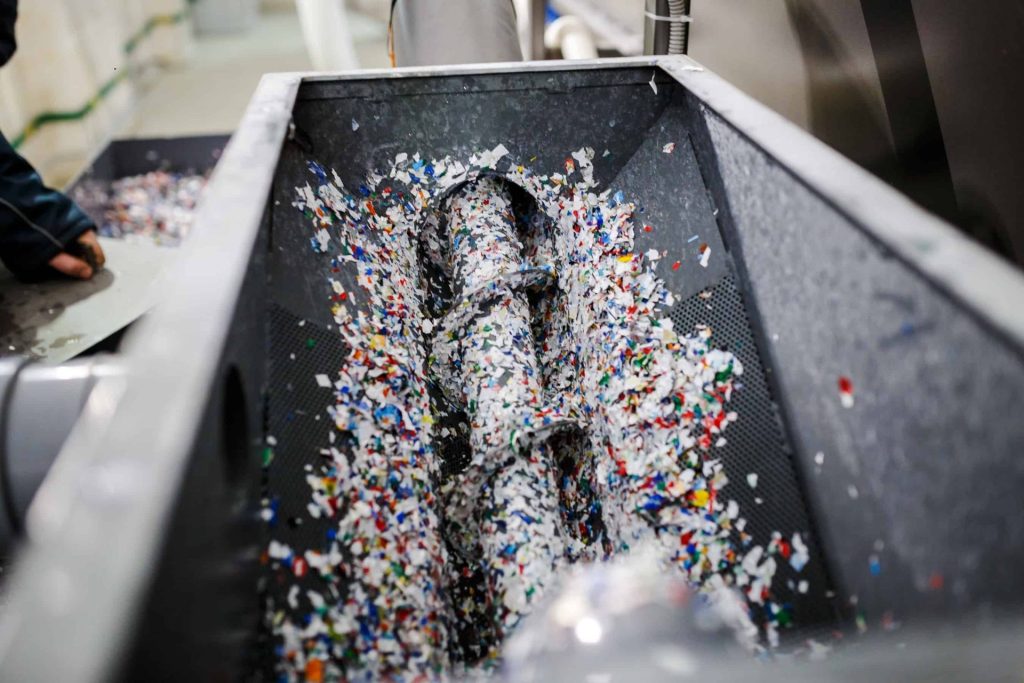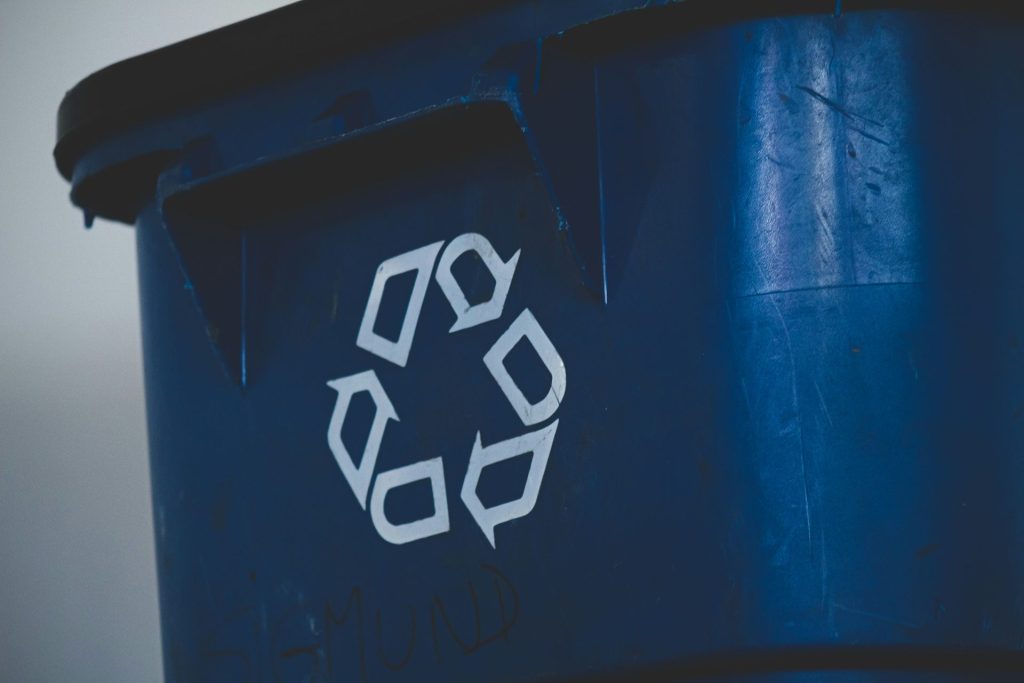As essential items in daily life, the advantages of shopping bags and plastic bags are low cost, convenient and easy to use, greatly providing convenience and speed for our lives.
At the same time, once these daily necessities are casually discarded, shopping bags and plastic bags can cause environmental pollution, endanger wildlife, and pose a significant threat to our ecosystem. Recycling reduces the demand for raw materials, protects natural resources, alleviates pollution, and promotes a healthier environment. Moreover, industrial recycling can minimize landfill waste and address the global waste management crisis. By transferring these items from landfills, recycling facilities alleviate the pressure on waste treatment systems and promote community cleanliness.

From an energy-saving perspective, producing new plastic bags requires a significant amount of energy consumption. Compared to raw material production, recycling requires less energy, thereby reducing greenhouse gas emissions and addressing climate change.
In today’s environmentally friendly world, industrial recycling of shopping bags and plastic bags is imperative. Various industries recognize the importance of recycling and have developed effective processes to reduce environmental damage while promoting sustainability.

The production and recycling of garbage bags is a key link in environmental protection and circular economy. During the production phase, adopting environmentally friendly technologies and sustainable production methods can reduce adverse impacts on the environment. In the recycling stage, actively promoting the recycling and utilization of garbage bags, manufacturing new garbage bags through recycled materials, not only reduces resource waste, but also reduces excessive exploitation of natural resources.

Industrial recycling process:
- Collection: Recycling begins by collecting shopping bags and plastic bags from various sources, including households, businesses, and waste management facilities. The collection methods may include roadside pickup, return centers, or collaborating with retailers.
- Classification: After collection, classify the bags according to the type of material (such as polyethylene or polypropylene). The automatic sorting system uses technologies such as infrared sensors and air classifiers to effectively separate materials.

- Grinding and cleaning: Remove pollutants such as dirt, food residue, and labels through washing and grinding processes. The cleaned bag is cut into small pieces, called flakes, to facilitate the recycling process.

5.Manufacturing: Recycled plastic particles are transported to manufacturing facilities where they are formed or extruded into various products, including new shopping bags, plastic wood, or composite materials. Advanced technology ensures the quality and durability of recycled products.
6.Distribution: Distribute finished products to retailers or consumers, completing the recycling cycle. Consumers play a crucial role in choosing recycled products, supporting sustainable practices, and promoting a circular economy.

Proper recycling and disposal of garbage bags can minimize the adverse impact on the environment. Through the entire production and recycling chain, we can establish a more sustainable and circular garbage bag ecosystem, making a substantial contribution to the environmental protection cause.


